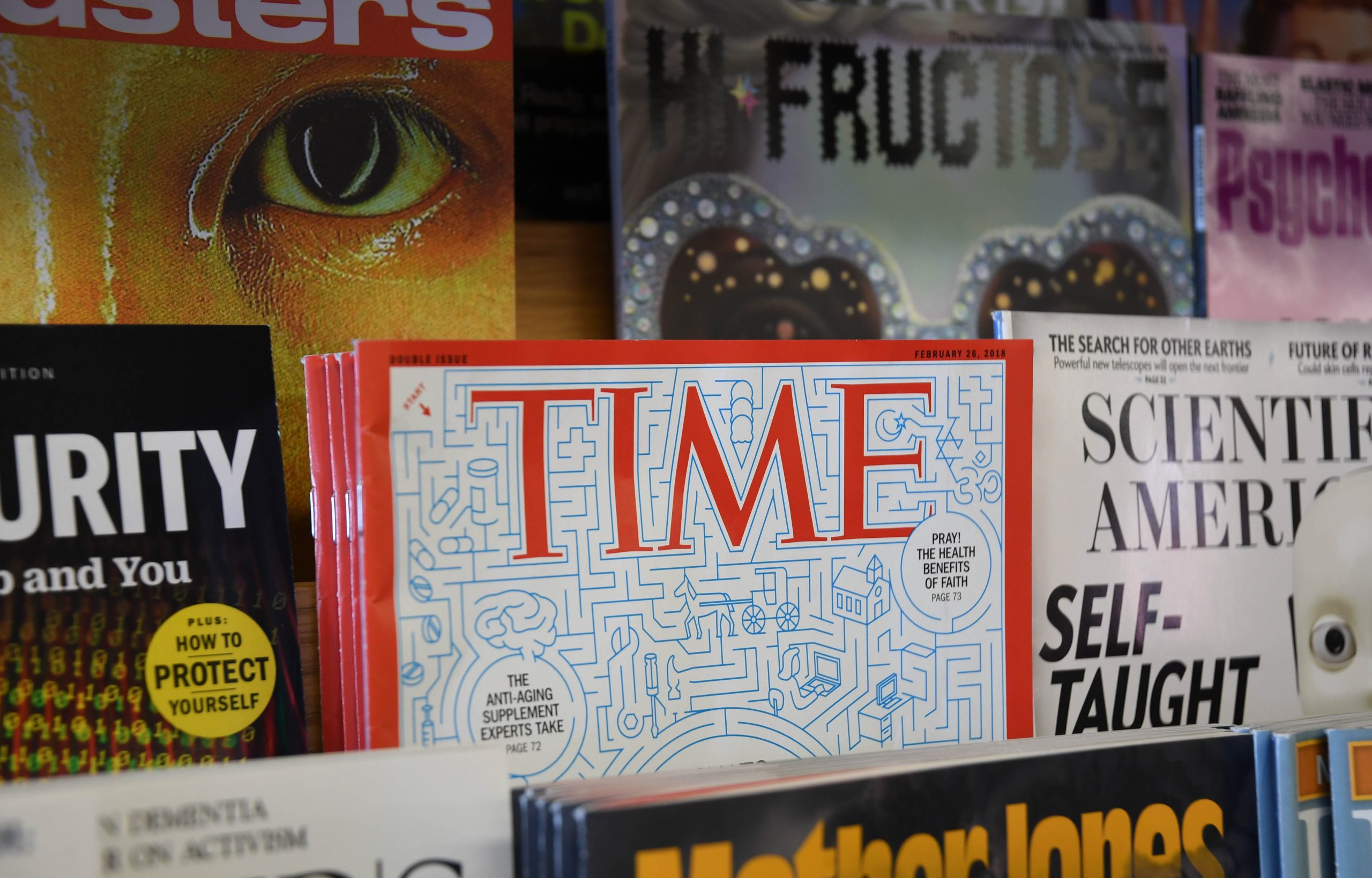TIME Magazine Names Montreal Protocol Atmospheric Scientist Dr. Guus Velders Among Most Influential People of 2017

Played key role in phasing out one of the six main greenhouse gasses
Washington DC- TIME Magazine has named Dutch scientist Dr. Guus Velders one of the 100 most influential people for 2017 for research that helped smooth the way to amend the 1987 Montreal Protocol to strengthen its role fighting global warming by eliminating warming from hydrofluorocarbons (HFCs), one of the most potent of the six main greenhouse gases, over the next several decades. (Leonardo DiCaprio wrote TIME’s entry on Velders.)
Working with a small, international group of scientists, Velders calculated that up to 0.5° Celsius of warming could be avoided by reducing HFCs, powerful short-lived climate pollutants (SLCPs) used primarily as refrigerants for air conditioners and other cooling equipment. This and similar analysis provided the scientific foundation for the Kigali Amendment to the Montreal Protocol agreed on 15 October 2016 in Rwanda to phase out HFCs with high global warming potential.
“The Kigali Amendment is the single largest contribution to date to keep warming below the 2° Celsius guardrail”, said Durwood Zaelke, President of the Institute for Governance & Sustainable Development (IGSD), a policy group in Washington DC. “It’s safe to say that the world wouldn’t have achieved this without Velders and his team.”
The 2° Celsius target is the outer limit set by the Paris climate agreement, which aims to limit warming to no more than 1.5° Celsius. Without the HFC amendment, the carbon budget—the amount of carbon dioxide we can still emit before hitting the 2° Celsius guardrail—would have been reduced by 30 to 60 percent.
The Montreal Protocol will celebrate its 30th anniversary in November in Montreal, when the Kigali Amendment is expected to enter into force. Prior to the Kigali Amendment, the treaty has phased out nearly 100 chemicals that both destroy the stratospheric ozone layer and warm the climate. As a result, the protective ozone layer is on the way to recovery by 2065, and climate warming that otherwise would have equaled the contribution of carbon dioxide has been prevented.
“Dr. Guus Velders earned this TIME Magazine honor with his extraordinary scientific proof that phasing down HFCs will avoid up to 0.5° Celsius of warming," said Dr. Stephen O. Andersen, IGSD’s Director of Research. "By my count, Dr. Velders was lead author or co-author of half of the scientific studies that persuaded Parties to amend the Montreal Protocol."
In December 2016 Velders was recognized by Nature as one of the ten people who mattered this year. He works at National Institute for Public Health and the Environment (RIVM).
Further information on the Kigali Amendment is here.
IGSD’s Primer on HFCs is here.
Velders publications include:
- Guus J. M. Velders, Stephen O. Andersen, John S. Daniel, David W. Fahey, & Mack McFarland (2007) The importance of the Montreal Protocol in protecting climate
- Guus J.M. Velders, David W. Fahey, John S. Daniel, Mack McFarland, & Stephen O. Andersen (2009) The large contribution of projected HFC emissions to future climate forcing
- Guus. J.M. Velders, A. R. Ravishankara, Melanie K. Miller, Mario J. Molina, Joseph Alcamo, John S. Daniel, David W. Fahey, Stephen A. Montzka, & Stefan Reimann (2012) Preserving Montreal Protocol climate benefits by limiting HFCs
- Yangyang Xu, Durwood Zaelke, Guus J.M. Velders, & Veerabhadran Ramanathan (2013) The role of HFCs in mitigating 21st century climate change
- Guus. J.M. Velders, S. Solomon, & John S. Daniel (2014) Growth of climate change commitments from HFC banks and emissions
- Guus J.M. Velders, David W. Fahey, John S. Daniel, Stephen O. Andersen & Mack McFarland (2015) Future atmospheric abundances and climate forcing from scenarios of global and regional HFC emissions
